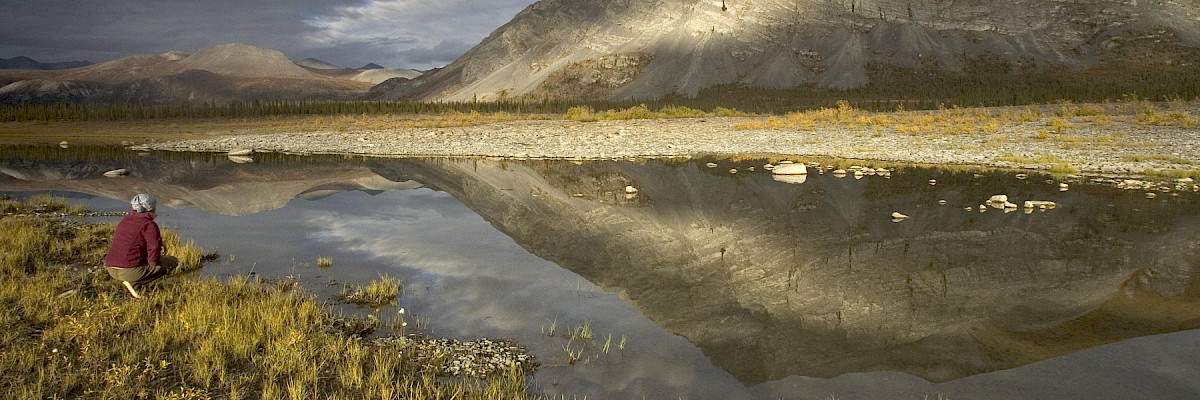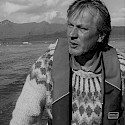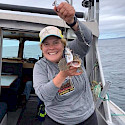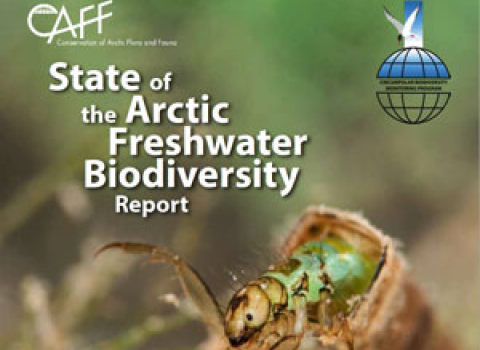
CBMP Freshwater Biodiversity Monitoring
The CBMP is working with partners across the Arctic to harmonize and enhance long-term freshwater monitoring efforts, and to facilitate more powerful and cost-effective assessments through the generation of, and access to, improved circumpolar datasets.
For rivers and lakes, these efforts are led by the Freshwater Steering Group who are working to implement the Arctic Freshwater Biodiversity Monitoring Plan. This is an agreement across Arctic nations to compile, harmonize and compare results from existing Arctic freshwater biodiversity and ecosystem monitoring efforts, across nations.
The CBMP Freshwater group has identified key elements, called Focal Ecosystem Components (FECs), of the Arctic freshwater ecosystem, where changes in FEC status likely indicate changes in the overall freshwater environment.
 Arctic Council Working Group
Arctic Council Working Group 











